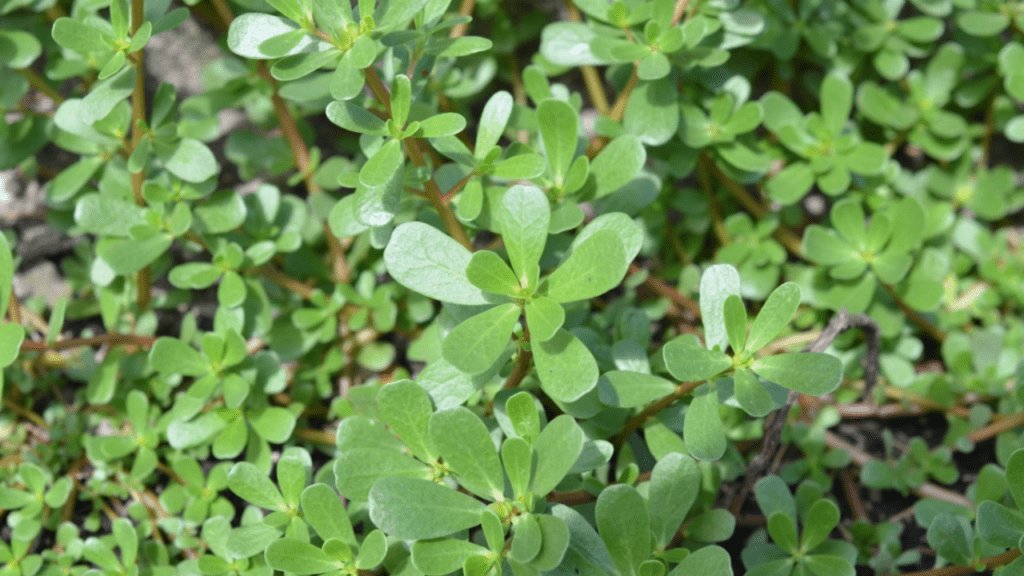
Identifying Poisonous Purslane Look-Alikes: A Detailed Comparison Guide
As a responsible and informed individual, it is crucial to be able to identify poisonous purslane look-alikes in order to ensure the safety and well-being of yourself and your loved ones. This comprehensive guide will provide you with the knowledge and tools necessary to confidently distinguish between harmless and harmful plants. With detailed comparisons and expert tips, you can have peace of mind knowing that you are equipped to make informed decisions when it comes to identifying potentially dangerous plants. Don’t take any chances when it comes to the safety of your family—educate yourself and stay informed with this detailed comparison guide.
Table of Contents
ToggleThe Importance of Diligence in Plant Identification
Remember, the consequences of misidentifying a poisonous plant can be severe, so it is imperative to be diligent and thorough in your approach. By familiarizing yourself with the various characteristics and distinguishing features of different plants, you can minimize the risk of accidental ingestion or exposure to harmful substances. This guide will empower you to confidently differentiate between purslane and its toxic look-alikes, allowing you to enjoy the beauty of nature without compromising your safety.
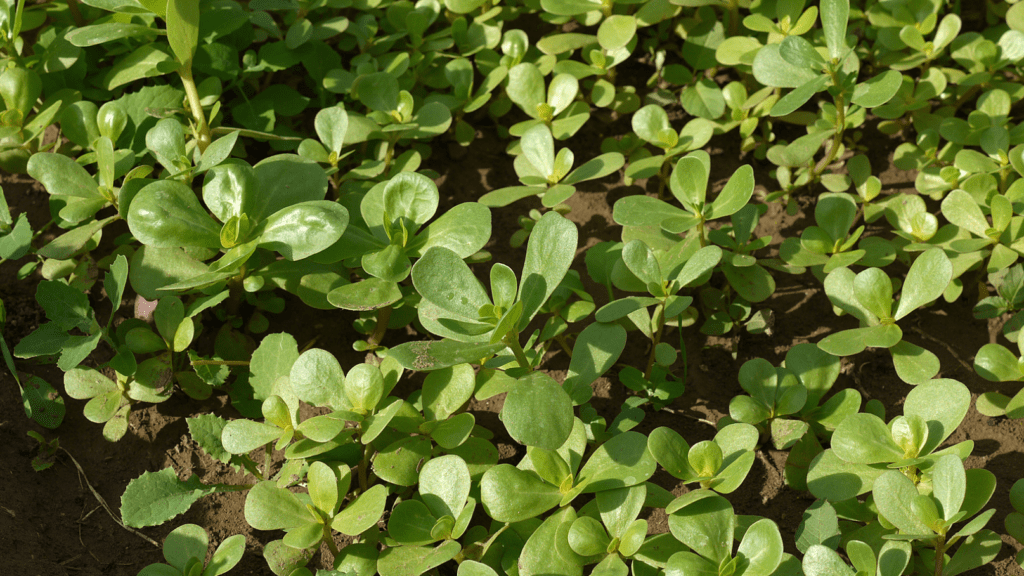
Taking Control of Your Safety Through Education
Take the time to educate yourself and become proficient in identifying poisonous purslane look-alikes. Knowledge is power, and by arming yourself with accurate information, you can protect yourself and your loved ones from potential danger. Don’t wait until it’s too late—take control of your safety today by utilizing this detailed comparison guide. Your well-being is worth the effort, so don’t hesitate to take the necessary steps to ensure a safe and enjoyable outdoor experience.
Introduction to Purslane and its Look-Alikes
Purslane is a beautiful and versatile plant that can be used in a variety of culinary dishes and even has some medicinal properties. However, it is crucial to be able to distinguish it from its toxic look-alikes in order to avoid any potential harm.
Empowering Yourself with Knowledge
With this detailed comparison guide, you will have the knowledge and confidence to accurately identify purslane and its look-alikes, ensuring the safety of yourself and your family. Don’t take any chances—educate yourself and stay informed with this essential resource. You owe it to yourself and your loved ones to prioritize safety when it comes to enjoying the great outdoors.
The Importance of Informed Foraging
So, take the time to familiarize yourself with this guide and empower yourself with the necessary information to make informed decisions. Your well-being is worth it, so don’t delay—get your hands on this comparison guide today and arm yourself with the knowledge to protect yourself and your loved ones.
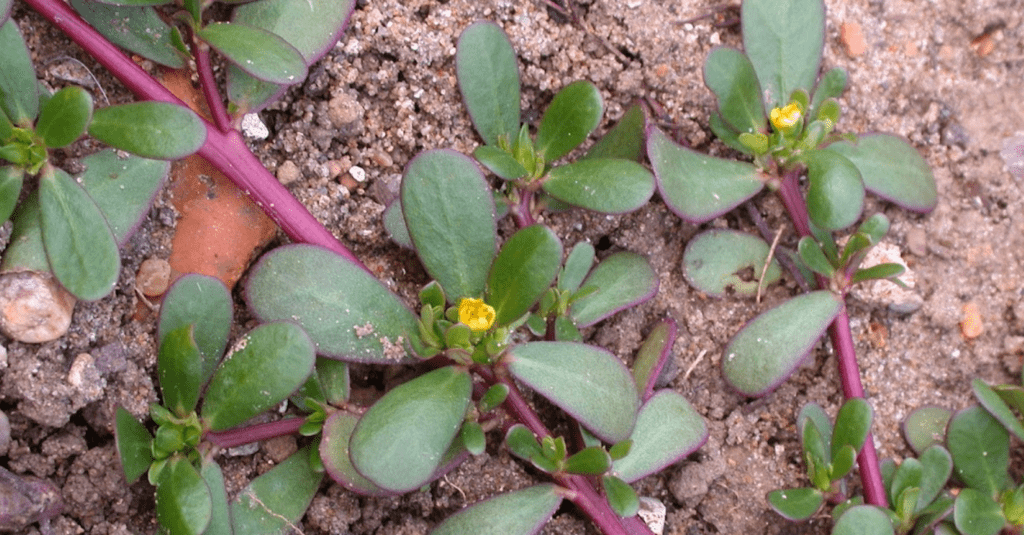
Ensuring a Safe and Enjoyable Outdoor Experience
Your well-being is worth the effort, so don’t hesitate to take the necessary steps to ensure a safe and enjoyable outdoor experience. By familiarizing yourself with the differences between purslane and its look-alikes, you can confidently forage for this delicious and nutritious plant without the risk of accidentally consuming something harmful.
Relishing Nature with Confidence
Don’t let uncertainty and doubt prevent you from enjoying the bounties of nature—empower yourself with knowledge and make the most of your outdoor adventures. Your safety is non-negotiable, so take the time to educate yourself and make informed choices.
Prioritizing Safety for You and Your Loved Ones
Don’t let potential dangers overshadow the joy of outdoor activities—equip yourself with the tools to confidently identify purslane and its look-alikes, and relish in the wonders of nature without worry. Your well-being is paramount, so make it a priority to stay informed and safe.
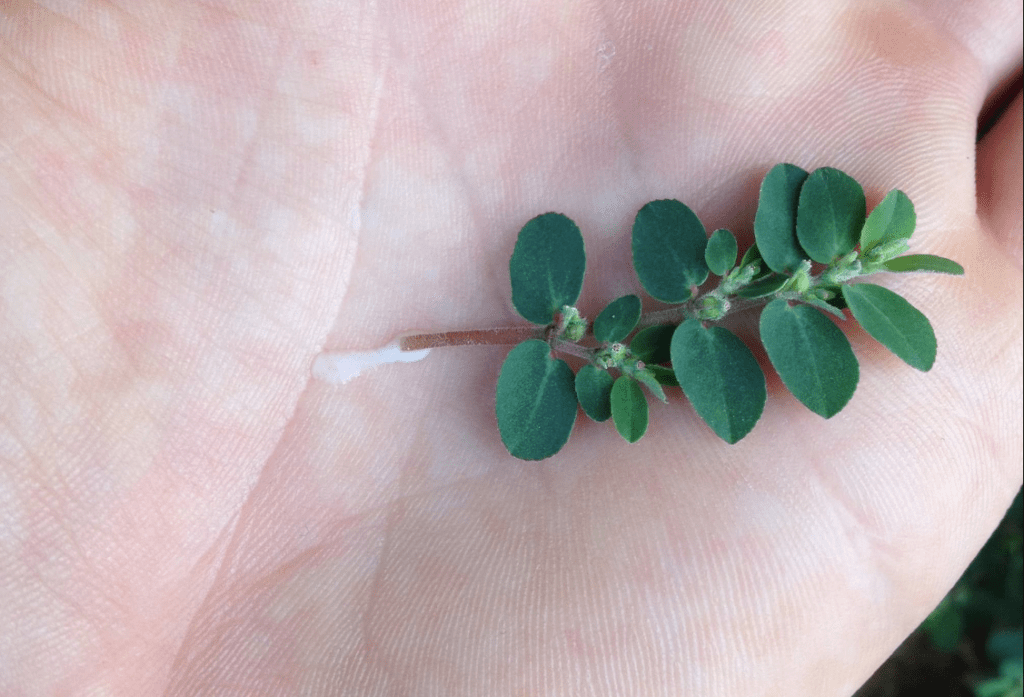
The Value of Preparedness
Remember, your loved ones rely on you to prioritize safety when enjoying the great outdoors. By taking the time to educate yourself and familiarize yourself with this guide, you can confidently make informed decisions that will protect yourself and those you care about.
Embrace Nature Safely
Don’t let the fear of the unknown hold you back from experiencing all that nature has to offer. Arm yourself with the knowledge to confidently identify purslane and its look-alikes, and make the most of your outdoor adventures without compromising your safety. Your well-being is priceless, so don’t delay—get your hands on this comparison guide and ensure a worry-free experience in the great outdoors.
Identifying Characteristics of Poisonous Plants
Identifying poisonous plants is crucial for your safety when spending time outdoors. Take the time to familiarize yourself with the identifying characteristics of these plants to ensure that you can confidently differentiate between them and their harmless counterparts.
Empowerment Through Knowledge
Don’t let the fear of the unknown hold you back from enjoying the beauty of nature—empower yourself with the knowledge to identify potentially harmful plants and protect yourself and your loved ones. By being informed and aware, you can enjoy the great outdoors with confidence and peace of mind.
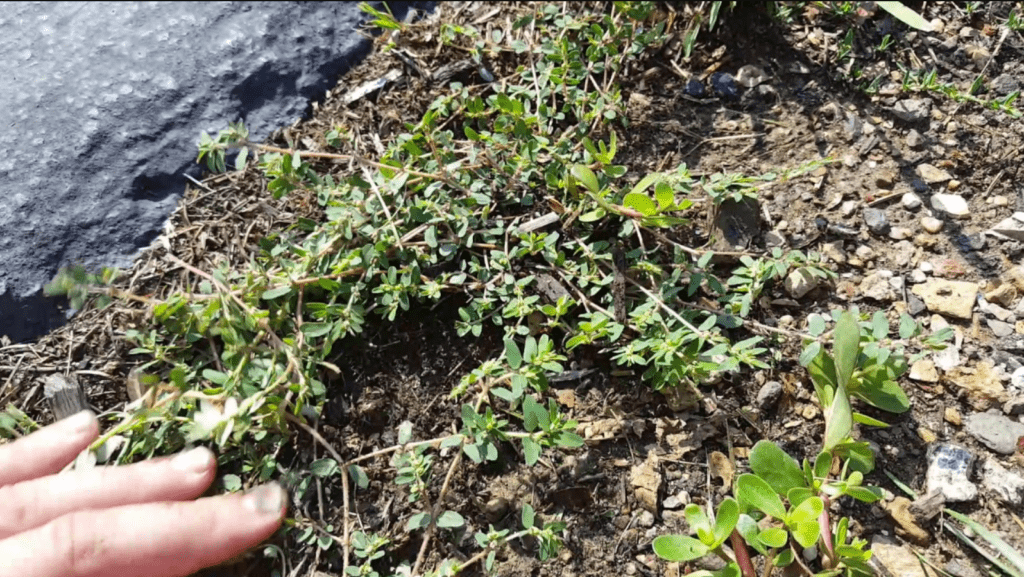
Taking Proactive Steps for Safety
Your safety is non-negotiable, so take the time to educate yourself and make informed choices when it comes to identifying poisonous plants. Remember, knowledge is power. Don’t let the fear of the unknown or the potential presence of poisonous plants keep you from experiencing the wonders of nature.
Arming Yourself with Information
Take charge of your outdoor adventures by arming yourself with the information you need to confidently identify and avoid potentially harmful plants. By being proactive and aware, you can enjoy the great outdoors without compromising your safety.
Embrace Nature with Confidence
Don’t wait until it’s too late—educate yourself and make informed choices to ensure a worry-free experience in nature. Your well-being is worth the effort, so don’t delay in learning how to identify poisonous plants and protecting yourself and those you care about.
Preparation is Key
So, don’t let the fear of the unknown stop you from enjoying nature. Instead, empower yourself with the knowledge and confidence to stay safe while exploring the outdoors. Take the time to educate yourself and be prepared for any situation.
Enjoy Nature Without Worries
With the right information, you can enjoy all the beauty and adventure that nature has to offer without any worries. Your safety is important, so take control and arm yourself with the knowledge to confidently identify and avoid potentially harmful plants.
Be Proactive and Aware
Don’t let fear hold you back—embrace the great outdoors with confidence and peace of mind. Remember, being proactive and aware is the key to enjoying nature safely.
Protect Yourself and Loved Ones
Don’t be caught off guard—take the necessary steps to protect yourself and your loved ones. Being informed and prepared will ensure that you can fully enjoy the beauty of the outdoors without any concerns.
Embrace the Outdoors Safely
So, take charge of your safety and embrace the great outdoors with confidence. Your well-being is worth it, so don’t wait—educate yourself and be prepared for a worry-free experience in nature. It’s important to understand the potential risks and how to mitigate them when venturing into the great outdoors. By taking the time to educate yourself on potentially harmful plants and other hazards, you can enjoy nature with confidence and peace of mind.
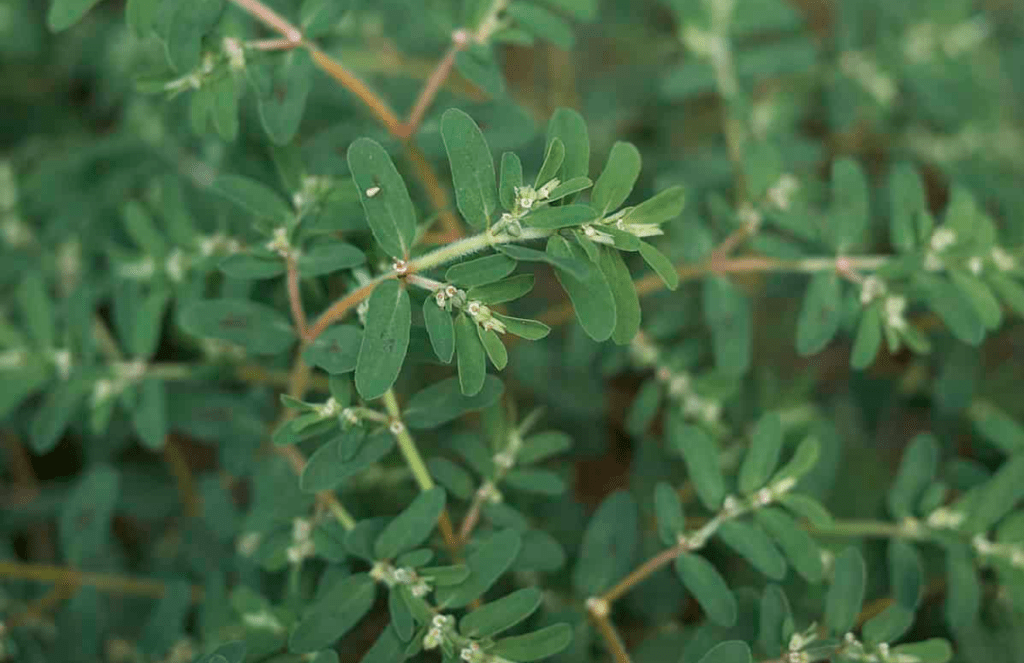
Detailed Comparison of Poisonous Look-Alikes
When it comes to identifying potentially harmful plants in the wild, it’s crucial to be well-informed. There are many look-alike plants that can be easily mistaken for harmless ones, and the consequences of misidentification can be severe. By taking the time to thoroughly educate yourself on the differences between similar plants, you can avoid the dangers of accidental ingestion or contact.
Key Examples of Dangerous Look-Alikes
For example, the difference between poison ivy and Virginia creeper may seem subtle to the untrained eye, but it can make all the difference in your safety. Similarly, distinguishing between wild carrot and poison hemlock is essential to preventing a dangerous mistake. By carefully studying the distinguishing characteristics of these plants, you can confidently identify and avoid potential threats in nature.
Why Knowledge is Vital for Your Safety
Don’t underestimate the importance of being able to identify and differentiate between similar plants in the wild. Your well-being is worth the effort, so take the time to educate yourself and be prepared for a worry-free experience in nature. Don’t wait—start learning about the potential risks and how to mitigate them today. Your safety and peace of mind are worth it.
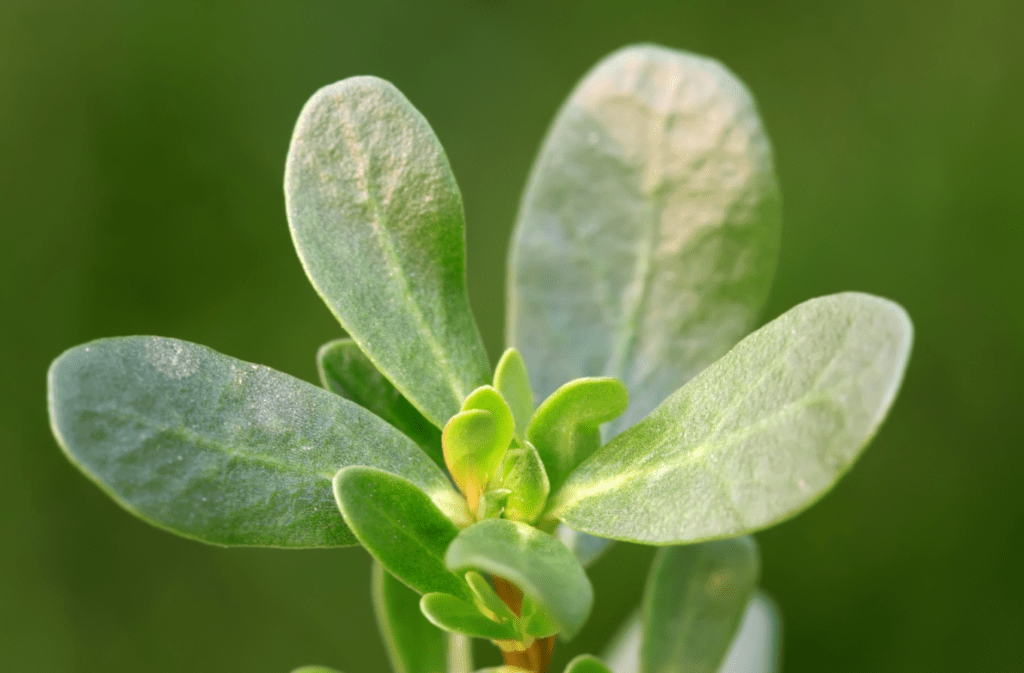
Taking Proactive Steps to Stay Safe
So, why take the risk? Educate yourself on the differences between similar plants and protect yourself from potential harm. It may seem like a small effort. But the knowledge you gain could be the difference between a pleasant outdoor experience and a dangerous encounter. By understanding the distinctions between these plants, you can confidently navigate nature without fear of accidental ingestion or contact.
Investing in Your Safety and Well-Being
Your safety is worth the investment of time and effort, so start learning today and enjoy the great outdoors with peace of mind. Don’t wait until it’s too late—take the initiative to educate yourself and stay safe in nature. Remember, your well-being is worth the effort.
Empower Yourself with Knowledge
Take the time to educate yourself and be prepared for a worry-free experience in nature. Don’t wait—start learning about the potential risks and how to mitigate them today. Your safety and peace of mind are worth it. By understanding the distinctions between these plants, you can confidently navigate nature without fear of accidental ingestion or contact. Take the initiative to educate yourself and stay safe in nature.
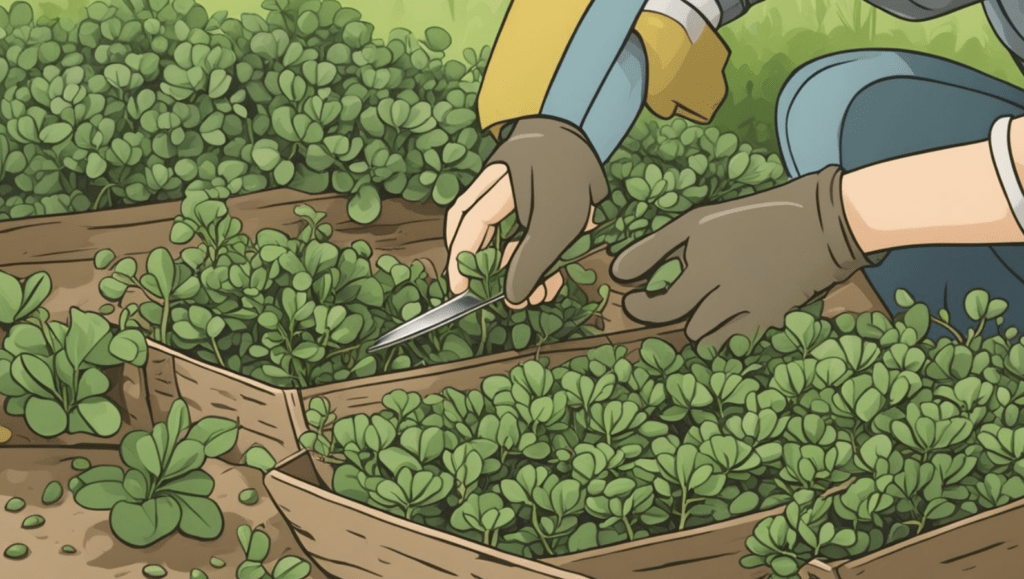
Expert Tips for Safely Identifying Purslane
You can never be too careful when it comes to identifying potentially harmful plants. Purslane may seem harmless, but it’s important to know how to distinguish it from other similar-looking plants. Here are some expert tips for safely identifying purslane:
- Look for its succulent, fleshy leaves and stems. Purslane has thick, smooth, and slightly reddish stems with small, paddle-shaped leaves.
- Check for its tiny yellow flowers. Purslane blooms small, vibrant yellow flowers that are often found in clusters.
- Be cautious of its growth habits. Purslane typically grows close to the ground and spreads outwards, often forming dense mats or patches.
- Educate yourself on its habitat. Purslane thrives in sunny, dry conditions and is commonly found in gardens, lawns, and along sidewalks.
- It’s important to be aware of purslane’s growth habits and habitat so that you can protect yourself and others from any potential harm. By educating yourself about its tiny yellow flowers. Low-to-the-ground growth. And preferred sunny, dry conditions. You can confidently identify and avoid this plant in your outdoor activities. Stay informed and stay safe!
By familiarizing yourself with these key characteristics. You can confidently identify purslane. And avoid any potential risks associated with accidental ingestion or contact. Stay safe and informed while enjoying the outdoors.
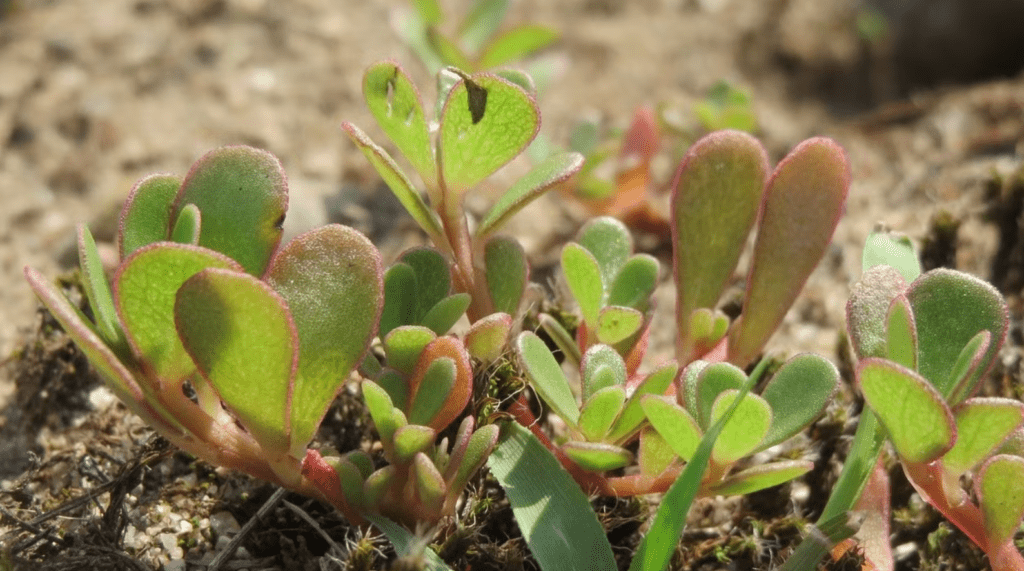
Conclusion and Safety Precautions
In conclusion, it is crucial to educate yourself on the habitat and growth habits of purslane to ensure your safety and the safety of others. By being aware of its preferred sunny, dry conditions. And low-to-the-ground growth. You can confidently identify and avoid this plant in your outdoor activities. Stay informed and stay safe by familiarizing yourself with the key characteristics of purslane. Always remember to take necessary precautions to protect yourself and others from any potential harm. Knowledge is power when it comes to your safety in the great outdoors. Stay educated and stay safe! ‘
Remember, the key to enjoying the outdoors is to stay safe and informed. By familiarizing yourself with the key characteristics of purslane, you can confidently identify and avoid this plant. Minimizing the risk of accidental ingestion or contact. Stay informed about its habitat and growth habits, and take necessary precautions to protect yourself and others. Knowledge is power when it comes to your safety in the great outdoors. So, stay educated and stay safe!
Frequently Asked Questions (FAQ)
Purslane typically has thicker, succulent leaves with a slightly tangy taste, while look-alikes might have thinner leaves or different growth habits.
Look for distinctive features like leaf shape, growth pattern (prostrate or upright), and flower characteristics. Purslane has small, yellow flowers and grows close to the ground.
Yes, some species like spurge (Euphorbia spp.) can look similar but are toxic. They often have milky sap and different flower structures compared to purslane.
It’s best to consult a local plant expert or use reputable plant identification resources before consuming or handling any plant you’re unsure about.
Purslane is generally safe to eat, but it’s crucial to avoid plants that have been exposed to pesticides or other contaminants.
Look-alikes can be found in similar habitats to purslane, such as gardens, fields, and disturbed soil areas. They may vary by region and climate.
Pay attention to leaf arrangement, stem characteristics, and overall plant shape. Purslane’s leaves are typically paddle-shaped and grow in clusters along thick, reddish stems.
When handling unknown plants, wear gloves to avoid skin irritation. Use a plant identification app or guidebook to compare features. Take note of leaf shape, flower color, and growth habits. If in doubt, take a sample and consult an expert to ensure correct identification.
